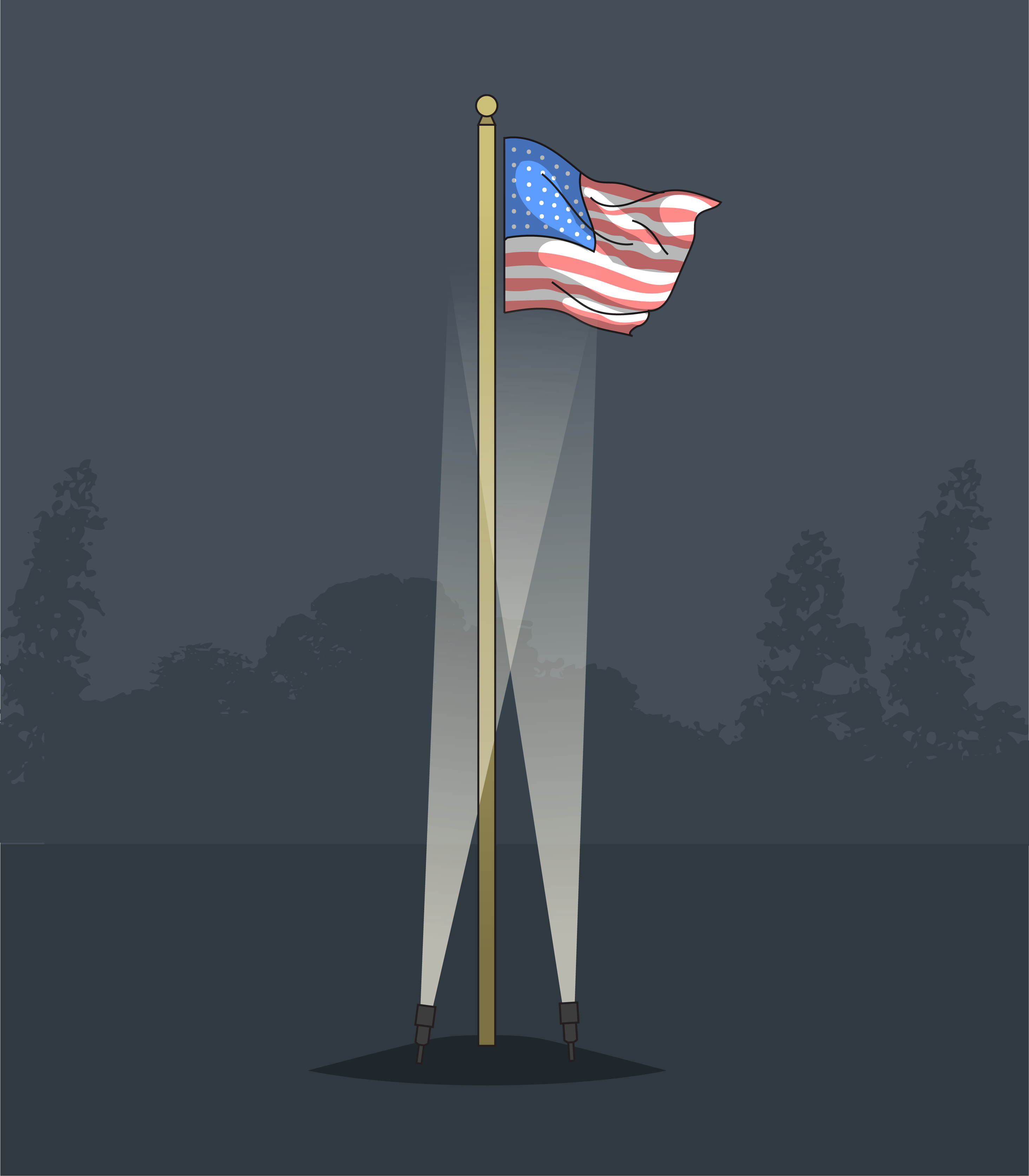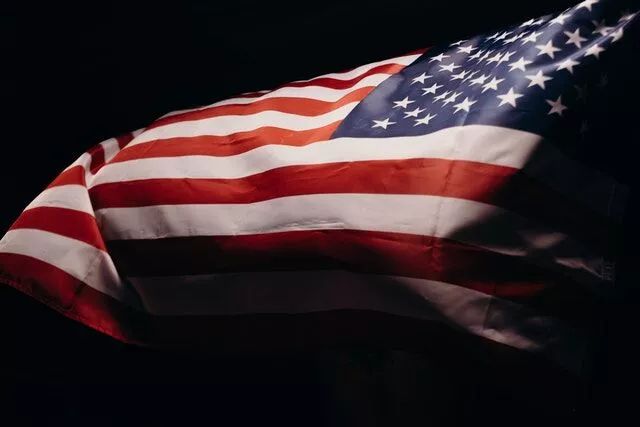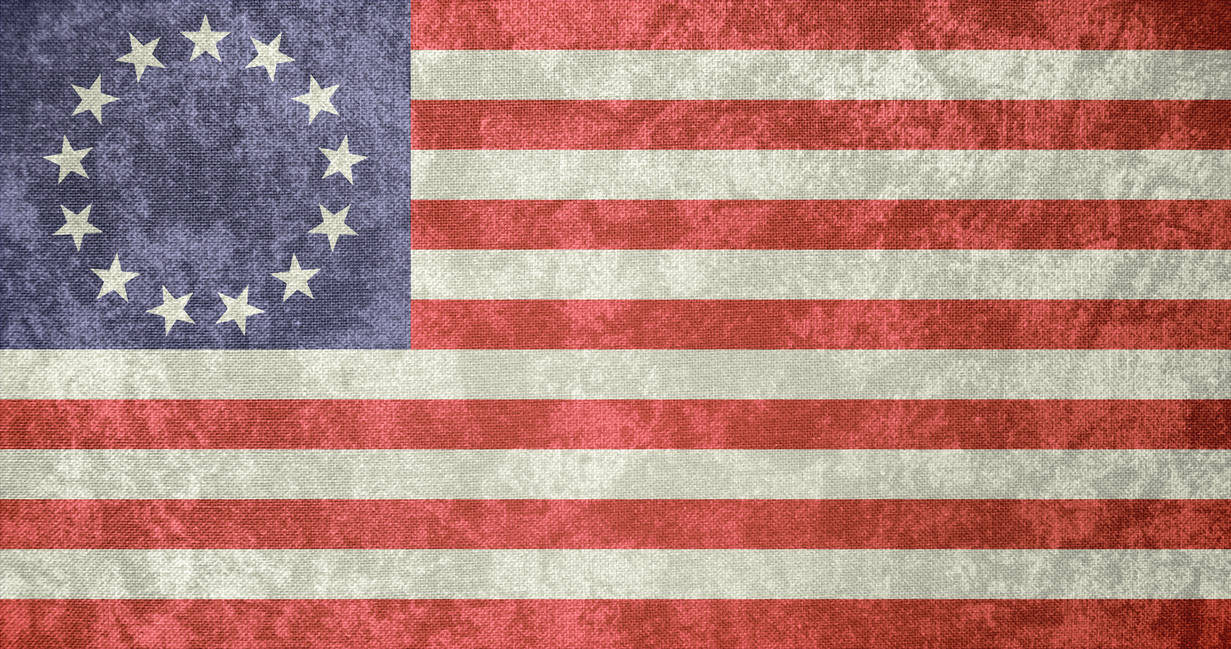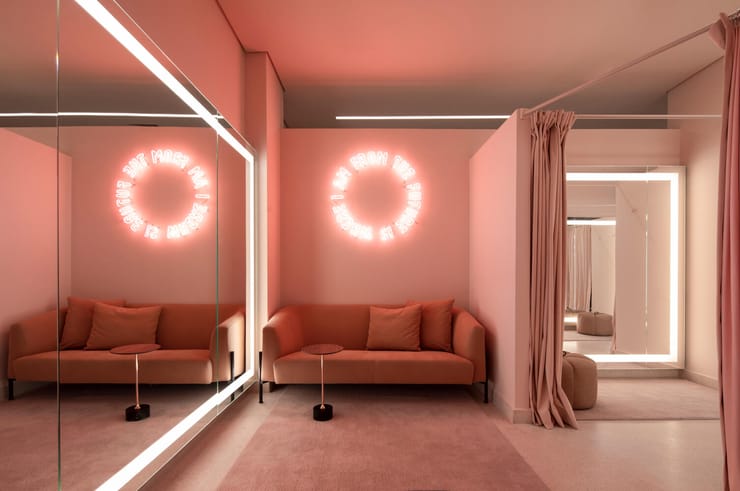The Continental Congress passed an act establishing an official flag for the new American republic on June 14, 1777, stating “…that the flag of the United States be thirteen stripes, alternate red and white; that the union be thirteen stars, white in a blue field, representing a new constellation.” President Truman declared June 14 as Flag Day on August 3, 1949.
Historians believe the first American flag was designed by New Jersey Congressman Francis Hopkinson and sewn by Philadelphia seamstress Betsy Ross, though this is a matter of some dispute.
Anyone considering displaying America’s flag this Veteran’s Day might want to review these tips on proper illumination.
American Flag Lighting Tips
Generally, when darkness makes it necessary, it’s best to illuminate the American flag with wide angle flood bulbs. Depending on the distance, LED wide angle flood lights which direct light in a wider beam spread, account for the flag’s movement in the wind.
Whether hanging a U.S. flag on a front porch bracket, which is common for residential display, or hoisting or displaying the flag on a commercial or residential property flagstaff, the flag ought to be properly lighted after sundown. The alternative is withdrawing the flag from display.
According to the U.S. Flag code, as the law passed by Congress in 1942 came to be known, America’s flag should be displayed at dawn and lowered or removed at dusk. Those choosing to display the flag at night should consider using two or more lighting fixtures, depending on the flag’s size and the height of the flagstaff or pole.

Two to three fixtures should be installed around three feet from the flag pole and directed toward the top of the pole. Lighting fixtures producing 500 to 750 lumens are considered ideal with narrow beam spreads ranging from 15-25°. This calculation is based upon flag poles ranging in height from 10 to 25 feet.
Most American flags measure up to 4 x 6 feet. Displaying larger U.S. flags, such as those that measure 6 x 10 feet, may mean using three fixtures. Note that when America’s flag is displayed either horizontally or vertically, such as on a wall, the Union (the blue field) is best displayed to the observer’s left.







